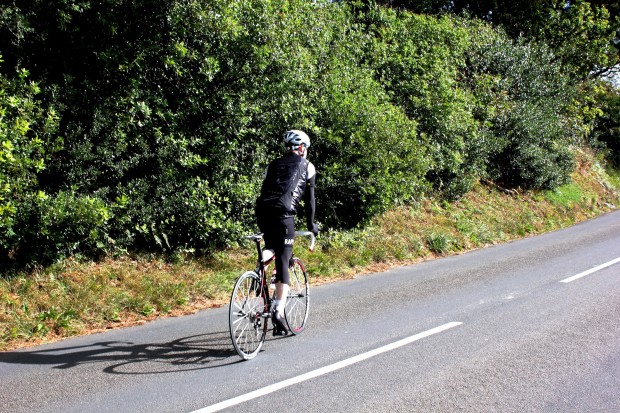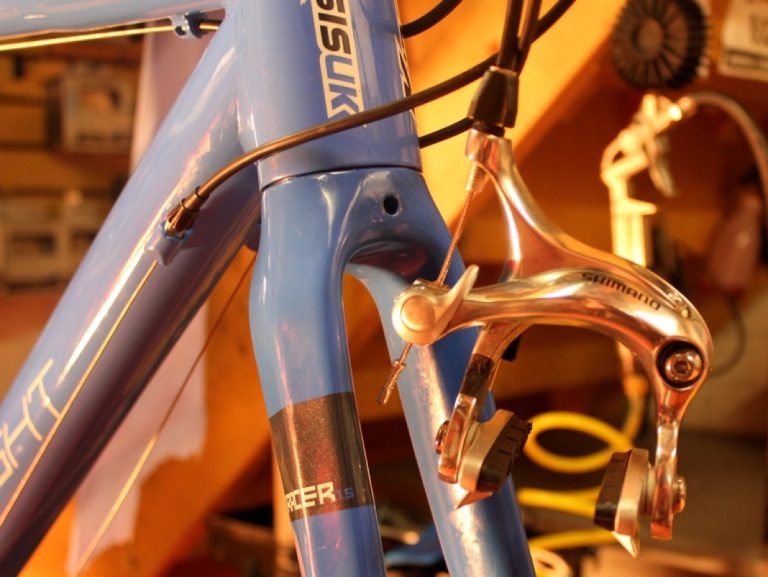‘Base’ training is something we should all start doing about now.
It’s got something to do with mileage, and something to do with heart rates, but getting to the bottom of this base business can be a bit confusing. What does it actually mean, and how should you build ‘base work’ into your training?
Several key things can be agreed upon. The first is that ‘base’ training is lower in intensity, tending to be somewhere between easy/steady and constantly working but sustainable.

The other relatively solid element is that the duration of base work is longer, tending towards hours rather than minutes in a session.
This being said there are still some variations in exactly where within these parameters you should be working and for how long. The ‘old school’ of road cycling holds that ‘getting in the miles’ is the key element, and as long as you are covering long distances of 50 miles or more, how hard you are working does not matter too much. Even this traditional approach will limit your intensity because it is a given that if you go too hard you won’t be able to go too long.
A more modern take is that you can be more efficient working to particular heart rate or power ‘zone’ which can be tailored to your personal fitness and ability, thus making your time spent in the saddle more efficient and maximising any physiological adaptation from your training.
In the case of heart rate training zones, there is often some variation in what is termed a ‘base’ or endurance intensity, and ‘base’ or endurance training may be sub-divided into lower and upper ‘levels’. These levels will usually be set either on the basis of a maximum heart rate determined by a ‘ramp test’ or by a maximum sustainable heart rate determined by a constant test of 20 minutes or longer (a ‘functional threshold test’).
‘Upper endurance zones’ for quality ‘base’
The higher end of the endurance or ‘base training’ zone will be roughly 35 to 45 beats per minute less than your ramp test maximum heart rate, or around 85-95 % of your sustainable 20 minute heart rate. Whatever the method of testing you use and whichever corresponding system of levels you work with there seems to be agreement that this higher level of ‘endurance’ work is critical in building ‘base’. It may sometimes be described as ‘tempo’ training, and for those dialed into work with power metres, the ‘sweet spot’ is also right up there at the top end of this zone. How much time you spend towards the top or bottom of these zones may depend on a number of factors and can be open to debate, but there is general agreement that working above these levels should be significantly limited for most riders during the winter months.
The benefits of working at these endurance intensities in a focussed way are improved general conditioning by way of cardiovascular and muscular fitness, but more critically, physiological changes take place that make you more efficient at using fuel, burning more fat and ‘sparing’ your all-important limited muscle and liver glycogen (carbohydrate) stores. In essence, for the same workload your body becomes more efficient.
Hills, competition and commuting: the enemies of base training!
The challenge of this ‘base’ work is that it requires a bit of discipline to avoid the temptation of working harder than you should, since you will maximise these adaptations by working predominantly (and in some cases almost exclusively) in these zones for a fairly prolonged period of time (three- to four months). In practice on the road this means reigning in the temptation to push hard over hills, accelerate away from traffic lights and race your friends on your long weekend rides. This will mean that in the short term you will feel as though you are getting slower, so you need to be consistent and confident in your plan in order to reap the rewards when you start to introduce some harder efforts in the new year.





